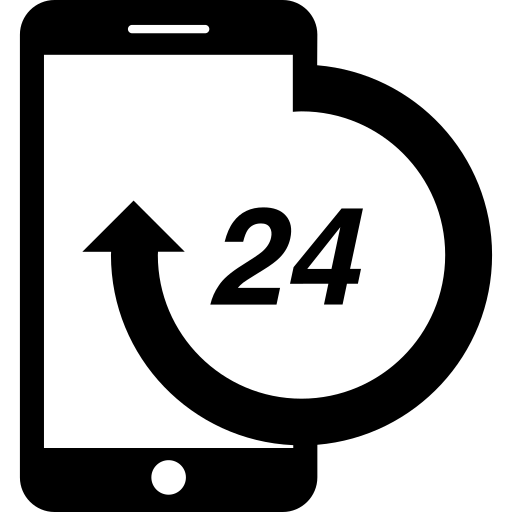Stretch mark removal
Stretch marks are lines or bands caused by stretching of the skin’s connective tissue.Stretch marks are not physically painful, but they can affect a person’s confidence and self-esteem. They can be disfiguring in severe cases.

Stretch marks, or striae, are a form of skin scarring associated with pregnancy, obesity, puberty, and short-term weight gain from bodybuilding and other physical activities. They form when the dermis – the middle layer of the skin that maintains shape and elasticity – is stretched more than it can tolerate. Connective fibers in the skin eventually break, disrupting collagen production and causing scarring. This scarring may be treatable only through stretch mark removal.
When the middle layer of skin stretches too quickly, some of its collagen fibers can break.
This allows underlying blood vessels to show through, leaving behind the telltale red or purplish marks.Over time, they fade to a white or silver color as blood vessels heal. Once they appear, the marks do not usually go away fully.
Candidates
While there are many suitable candidates for stretch mark removal, the most common patients are women who have recently given birth. Stretch marks and pregnancy usually go hand in hand – almost three in four women will experience stretch marks after pregnancy. These women usually suffer from belly stretch marks, but other areas may also be affected, resulting in the need for mommy makeover surgery. Other candidates include people who have lost significant weight and bodybuilders who have quickly developed significant muscle mass.
Causes of Stretch Marks
- Genetics: Women are more likely to get belly stretch marks if their mother, for instance, had stretch marks after pregnancy. Significant weight gain and loss: Your skin stretches as your weight fluctuates, sometimes resulting in stretch marks.
- Puberty: Growth spurts during puberty often result in stretch marks as the skin is unable to keep up with the body’s rate of growth.
- Bodybuilding: Rapid development of muscle mass may stretch the skin beyond its limits.
- Corticosteroids: Heavy or long-term use of oral or topical corticosteroids, a widely used pharmaceutical steroid compound, can lead to stretch mark formation.
- Ethnicity: People with darker skin are less likely to have stretch marks.




